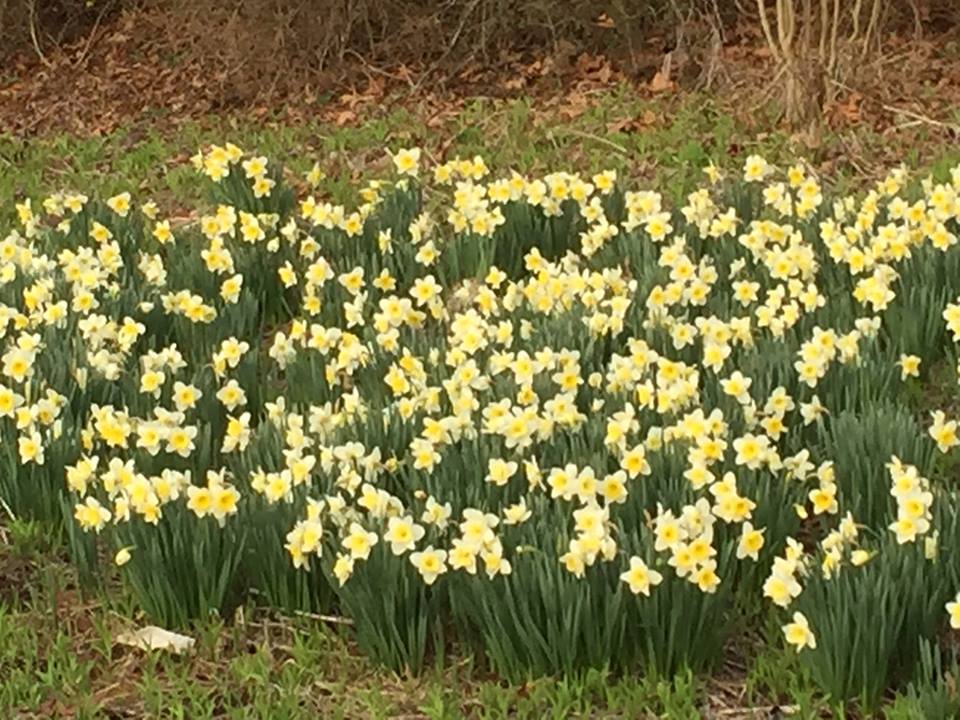 Maybe you’ve heard the saying “plant corn when the oak leaves are as big as squirrels’ ears,” or “sow Morning Glories when Maple trees have full sized leaves.” These are known as Phenological signs. Phenology is the study of periodic plant and animal life cycles and how these influence, and are influenced by, variations in climate and seasonal changes. These changes can act as indicators of when to sow a certain seed, when you can expect a certain insect species to hatch, or when it’s time to prune a particular tree or shrub. In today’s ever-changing climate environment, phenology may be the way to go when looking for the right time to take action in the garden.
Maybe you’ve heard the saying “plant corn when the oak leaves are as big as squirrels’ ears,” or “sow Morning Glories when Maple trees have full sized leaves.” These are known as Phenological signs. Phenology is the study of periodic plant and animal life cycles and how these influence, and are influenced by, variations in climate and seasonal changes. These changes can act as indicators of when to sow a certain seed, when you can expect a certain insect species to hatch, or when it’s time to prune a particular tree or shrub. In today’s ever-changing climate environment, phenology may be the way to go when looking for the right time to take action in the garden.
I can no longer count on my annual gardening calendar to tell me when to plant a particular crop. Past weather patterns are no longer reliable as indicators. Every year the weather is different, so I have to pay attention to what’s happening now. Farmers and gardeners need to know when to plant to avoid frosts, the timing of plant and insect development to decide when to apply fertilizer and organic pesticides, without having to depend on a calendar schedule. Plants and animals react to weather patterns and they don’t necessarily react at the same time every year. This means I have to pay attention to what’s going on around me and react based on my observations of nature. What a novel concept!
Here’s a list of common phenological indicators to work with in addition to the ones mentioned above. Note: some of these may have already passed.
Plant Phenology
Prune Roses & Fertilize Lawns – when yellow Forsythia and Crocus start blooming
Plant Pansies, Snapdragons, and other hardy annuals – after the Aspens and Chokecherries leaf out
Plant Peas – when Daffodils or Forsythia begins to bloom
Plant Lettuce, Peas, and other cool weather crops – when Lilacs have leafed out
Plant Beans and Squash – when Lilacs are in full bloom
Plant Cucumbers – when Lilac flowers have faded
Plant Tomatoes, Early Corn, and Peppers – when Apple Blossoms begin to fall and Flowering Dogwoods are in peak and when Daylilies start to bloom
Plant Peppers and Eggplants outside – when Bearded Iris are in bloom
Plant Beets, Lettuce, Spinach, and Carrots – when Dandelions are blooming
Plant Potatoes – when serviceberry or Juneberries flower
Sow Cabbage and Broccoli seeds – when catalpa and mock oranges bloom
If Daisies appear – there is no Calcium near
For Morel Mushroom Lovers
Look for Morels about the same time that Redbuds and Spicebush begin to bloom, around March or April. When the Dogwoods finish blooming, Morel season is over.
Insect Phenology
Grasshopper Eggs hatch – around the time purple Lilacs bloom
Eastern Tent Caterpillar eggs hatch – when the buds of Crabapples and Wild Plums open
Mexican Bean Beetle larvae appear – when Foxglove flowers open
Squash Vine Borers appear – when Chicory is in flower
This by no means accounts for every phenological indicator, but should give you a place to start thinking about gardening outside of the calendar. Take time to observe and engage with nature, and you will find more answers.
For more information, or to participate in the phenology program: USA National Phenology Network

Dennis Zlatkin says
Your comment about the unreliable weather conditions and garden planting is oh so true. Countryside Magazine has opened my eyes to phenology and i will be following this site and others concerning it.
Lori says
This is such great information, I didn’t know there was an actual name for it and really enjoyed learning more. Thank you for passing along this knowledge!